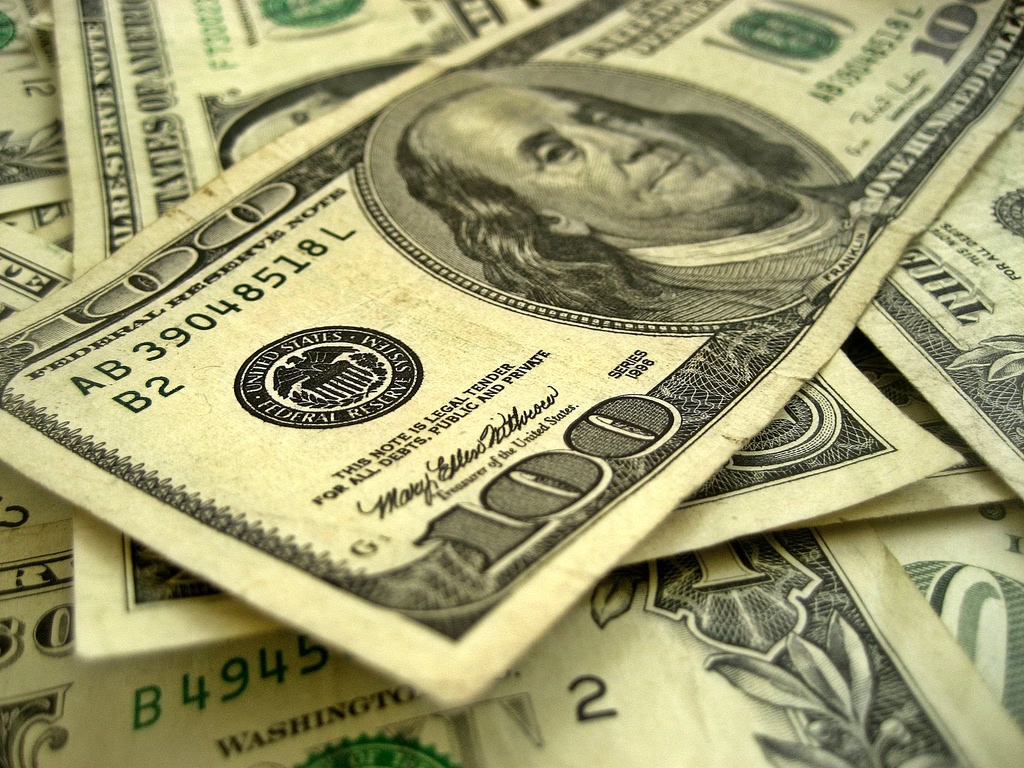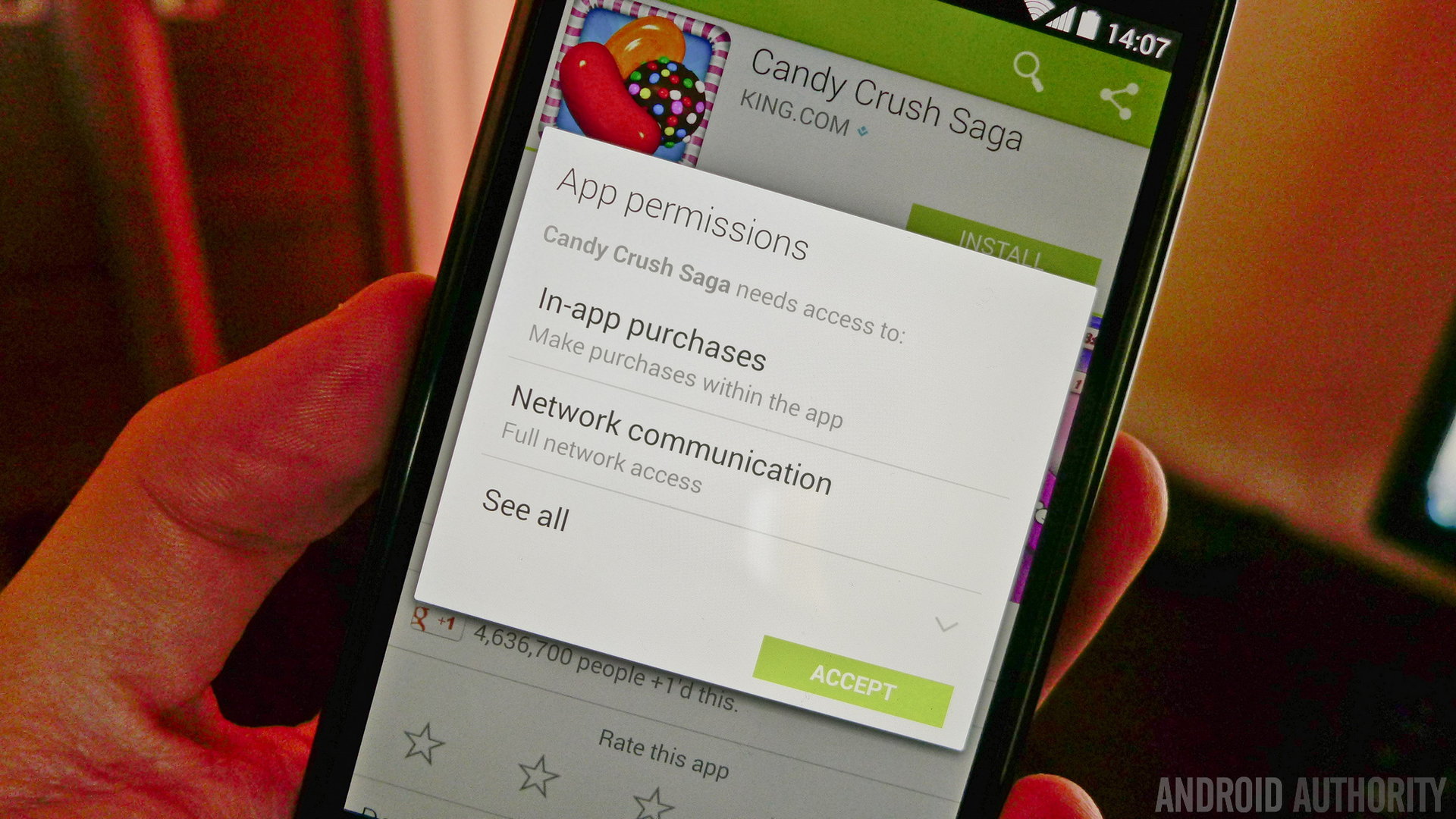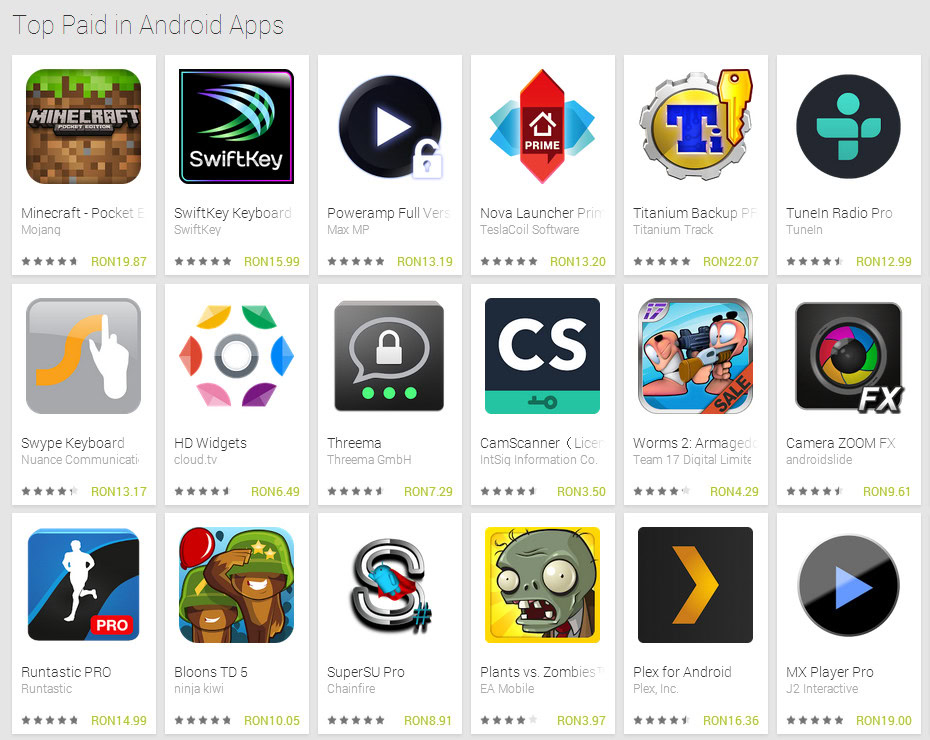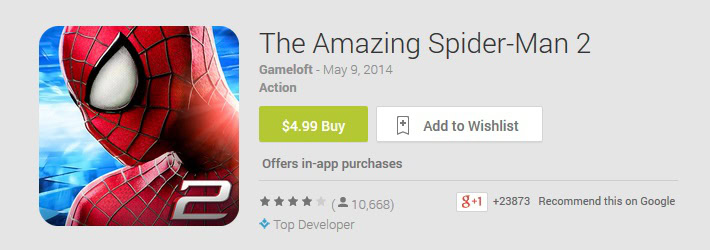Affiliate links on Android Authority may earn us a commission. Learn more.
How to monetize your Android app

So you took the bull by the horns and learned how to write an Android app. Congratulations. You can give away your apps for free, without any monetization, and that is cool, everyone loves a free app. But if you want to try and generate some income you are going to need to put in some more effort in terms of coding and marketing.
There are several different models you can follow to monetize your app, including free with ads, freemium, and paid for. Here is a look at how you can monetize your Android app and get some money back on your investment.
Free with ads
This is probably the simplest way to monetize a free app, but it isn’t the most effective. The idea is that you offer your app for free and display adverts in the app to generate income. When a user taps on the ad then you earn money. Since users don’t tap on every advert then you won’t get a 100% click-through-rate (CTR). The CTR is the number of ads which are tapped divided by the number of ads displayed (impressions), expressed as a percentage. So if you display an advert 100 times and a user clicks on its once then the CTR is 1%. The more people who use your app and the more ads that are displayed, the greater the chance of a higher CTR.
If the app displays 50,000 impressions then you will get around 75 clicks.

Other ad types like full screen interstitial (ads which are displayed between two different sections of the apps content, say between one level and the next) have a greater CTR, even as high as 5%. This means that for 50,000 impression you could earn around $125. If the app is getting 50,000 impressions per day then the potential earnings could reach $3500 per month.
As well as banners and interstitials, there are also rich media ad types which show video or even try to interact with the user by asking a question and getting the user to tap on the correct response.
It is also important where the ads are displayed. If you only display the banner ad on the Options page then you aren’t going to get many impressions or subsequent taps. But conversely if you display two banners on the apps main content (say during gameplay) then users are going to quickly get annoyed with the intrusiveness of the ads and uninstall the app! There is a delicate balance between maximizing the prominence of ads and irritating your users.
There is a delicate balance between maximizing the prominence of ads and irritating your users.
There are a number of different popular ad platforms. Google’s offering is AdMob but it isn’t the only option. Other popular platforms include InMobi, Millennial Media, and TapJoy, but there are many more.
Please note: The numbers I have given are just examples, based on industry averages. Each advertising platform, country, demographic and app type will see different CTRs and different earnings per tap.
Freemium
If you look at Google’s list of top grossing Android apps you will see that at least the first 40 apps are all free (with the exception of Minecraft). How can a free app be the top grossing app? The answer is that the apps are free to download and use, but they also offer in-app purchases that cost real money. These in-app purchases allow the user to buy things like extra levels or virtual currency (coins) which can be used in the game for upgrades. Because the app is free to play but offers premium content, this model has been dubbed “freemium.”
The freemium model is the most successful model and it can generate much larger amounts of income than in-app adverts.
The freemium model is the most successful model and it can generate much larger amounts of income than in-app adverts, however, it is harder to implement. For the app buyers, the system works well as they can sometimes be reticent to part with money, especially for an unheard-of app. However, if it’s free to play, users are much more likely to download the app. If an app is compelling, then later on, once the user has invested time in the experience, they are more likely to part with real money to further progress in a game or buy additional content for an app.

One danger of the freemium model, especially for games, is to make the app free to play but pay to win. This means that players can’t actually finish the game unless they have bought upgrades. If handled wrongly this can create a back-lash among users and actually have the opposite effect.
One danger of the freemium model, especially for games, is to make the app free to play, but pay to win.
Generating attractive in-app purchases is part of the key to success with this model. Google has simplified the process as much as possible and it isn’t hard to implement, but it is harder than just placing adverts in the app. The rewards, however, are greater.
Paid
Although the freemium model is used by most of the top grossing Android apps, it doesn’t mean that Android users have stopped buying apps. They clearly haven’t. Minecraft is one of the top grossing Android apps and it is also a standard paid app. To download a paid app, the user needs to have a credit card registered with Google and their card is charged when the app is downloaded and installed on their device. Among the top paid apps are famous offerings including TuneIn Radio Pro, Plex for Android, Monopoly, Plants vs. Zombies, and so on.
Monetization via the Paid model is very simple. You just upload your app to Google, set the price, select the regions and publish the app.

Unfortunately, Google doesn’t allow Paid apps to be offered for free, so once an app is marked as Paid it must always be offered for a price. This means you can’t have special promotions where you offer the app for free for a short period (something that is popular on Apple’s app store). However you are able to offer your apps at a reduced price for promotional periods, but this only works if the original sale price is more than the lowest allowed price of $0.99.
Some developers have tried getting around this limitation by offering a free version that is then removed from the Play Store after the sale period. The developers of Carmageddon used this tactic when they first released the game on Android. It seems to have worked as the paid version has received between 100,000 and 500,000 downloads. However it was also a semi-famous game from the PC-era before its release on Android, so it is hard to quantify the success of the free giveaway.
Other tactics
Adverts, in-app purchases and paid apps aren’t mutually exclusive. It is quite feasible to offer a paid app which includes adverts and offers an in-app purchase to remove the ads. However such shenanigans aren’t good for business. Once users start leaving reviews the downloads will plummet. However, paid games with extra content bought with in-app purchases seem to have some chance of survival. Gameloft recently released The Amazing Spider-Man 2 and although it costs $4.99 it also offers in-app purchases! However it has only had between 50,000 and 100,000 downloads. It isn’t clear if that is due to its high starting price or the specter of in-app purchases.

Another tactic is to offer items for sale outside of the app. This is what Amazon does with Kindle. All purchases are processed via Amazon’s site. Once content has been purchased it can be used in the Kindle app. Amazon does this partly because its e-books are available across multiple platforms, and also because Google (and Apple) take a slice of the profits from in-app purchases, which Amazon doesn’t like. For independent developers this solution is difficult as you need to have a complete e-commerce system in place plus a way for your app to communicate with the e-commerce back-end.
Wrap up
Monetizing your Android app can be as simple as just offering it for sale in the Play Store, but, ultimately, the app’s popularity will determine if it makes any money, regardless of the sales model used. Therefore, the most important thing to do is create a compelling and intuitive app. After that, pick a business model that meets your needs and hopefully you will see some income.
From a developer’s point of view (not as a consumer), what are your views on ads, in-app purchases and paid apps?